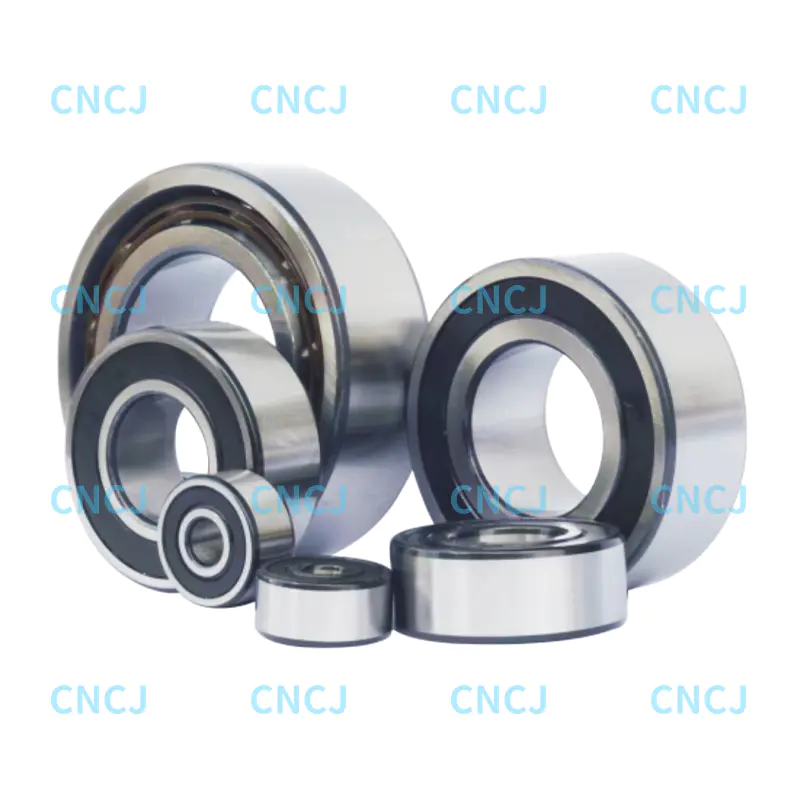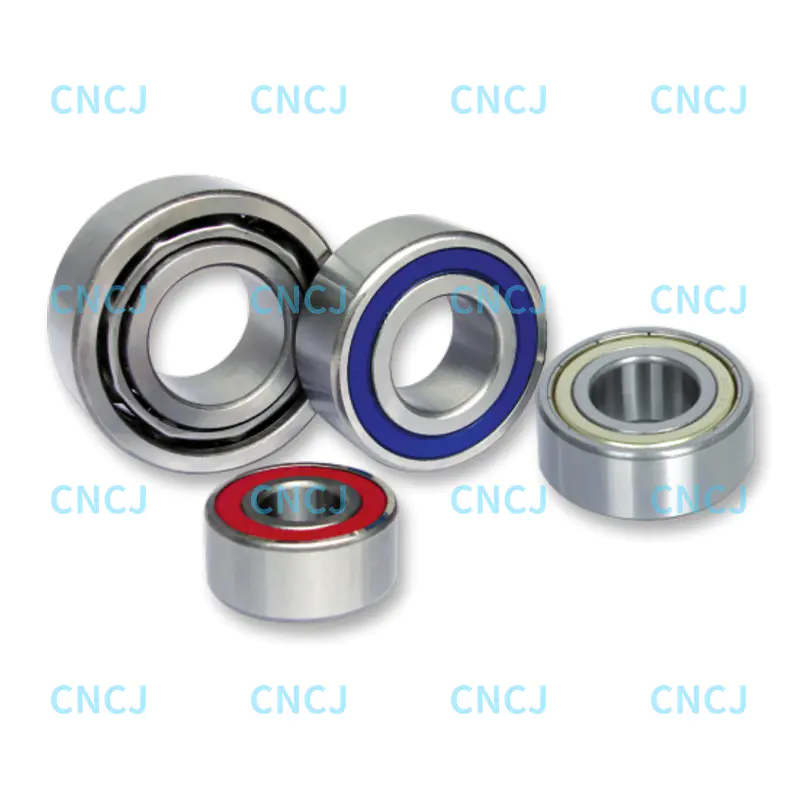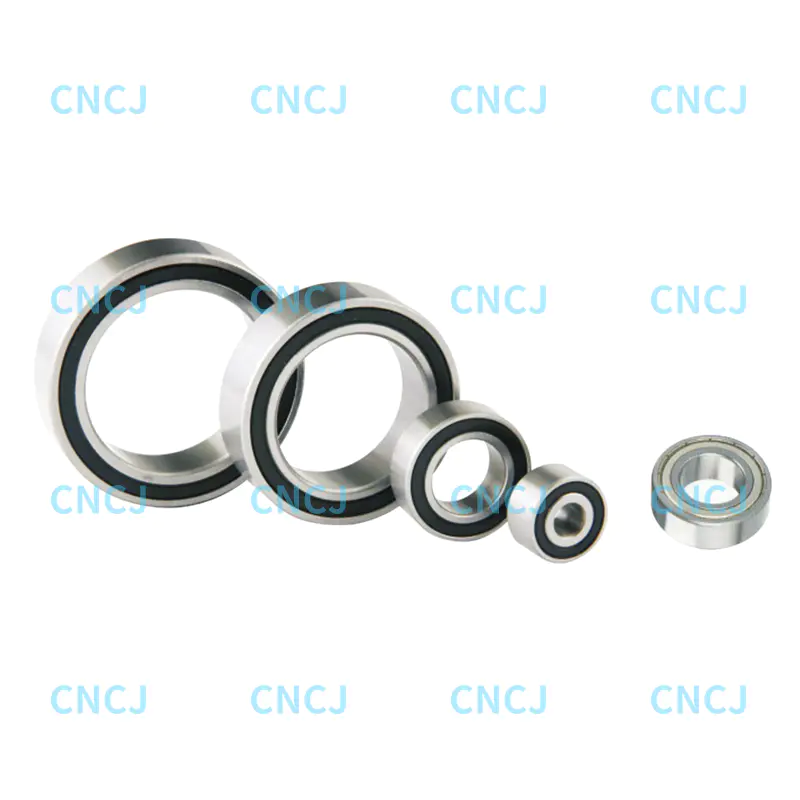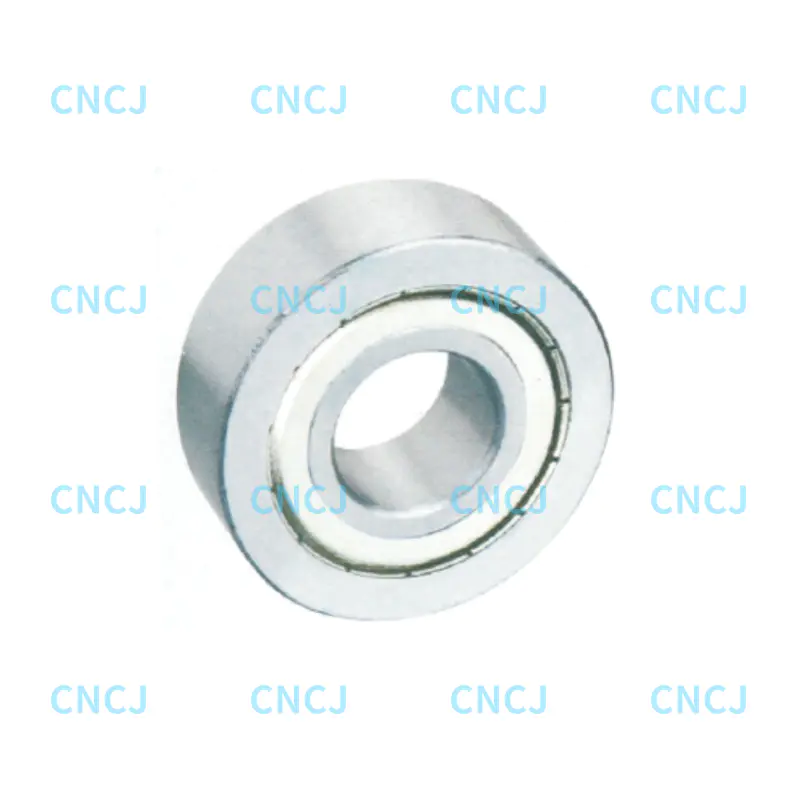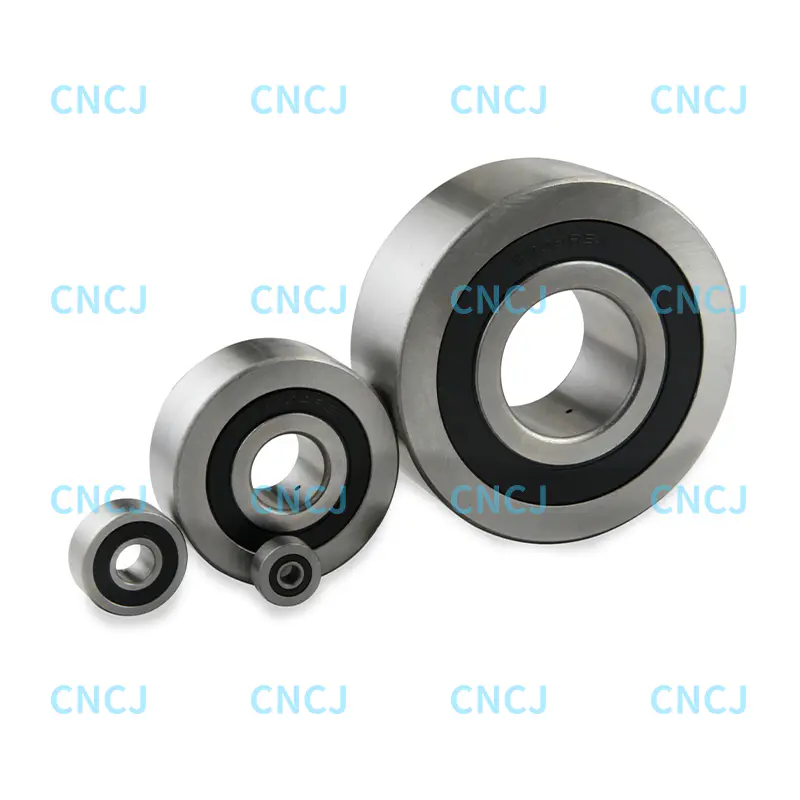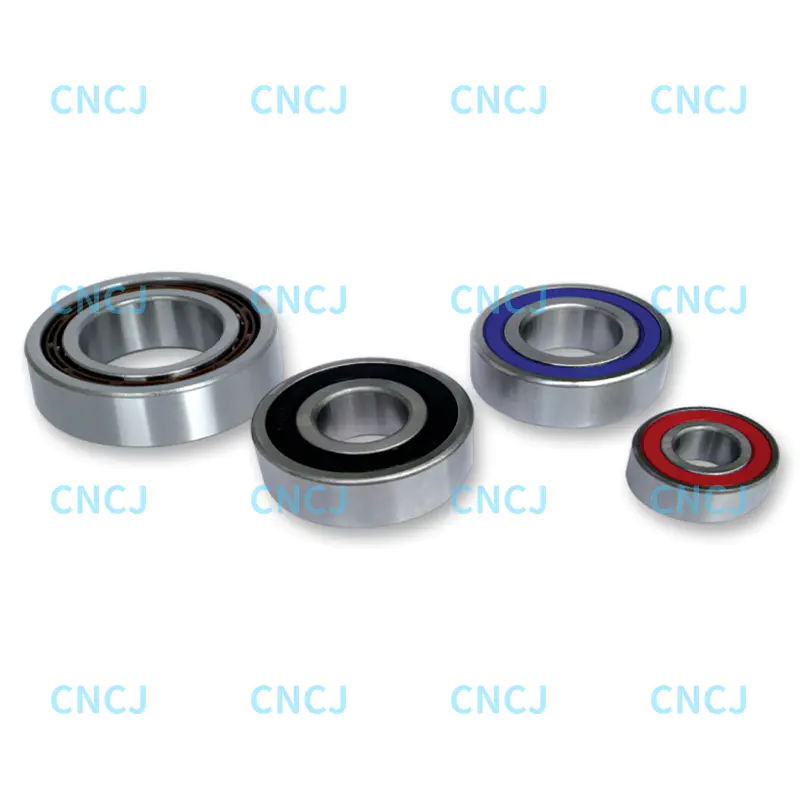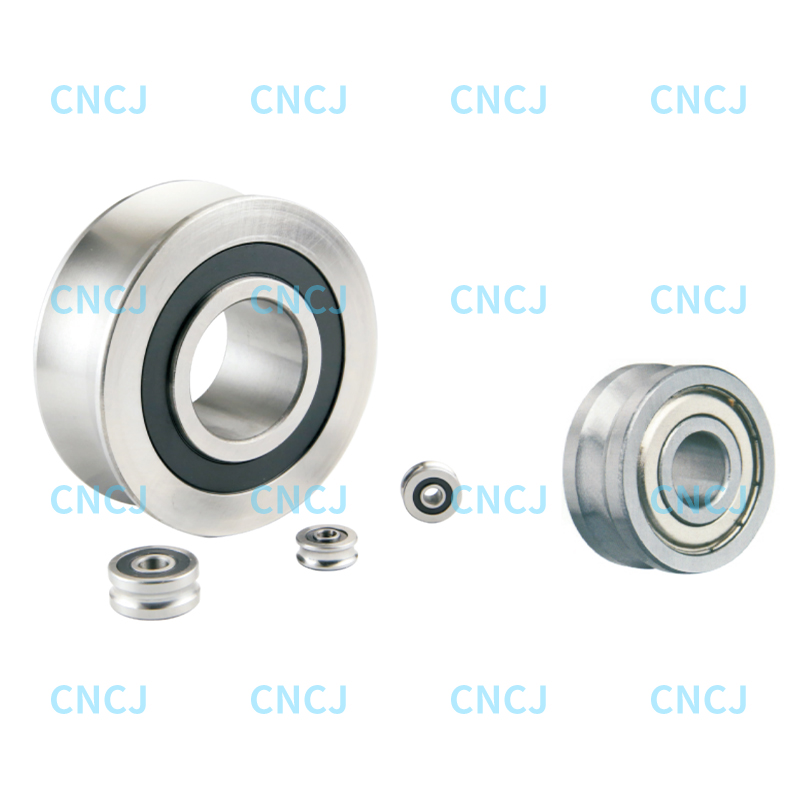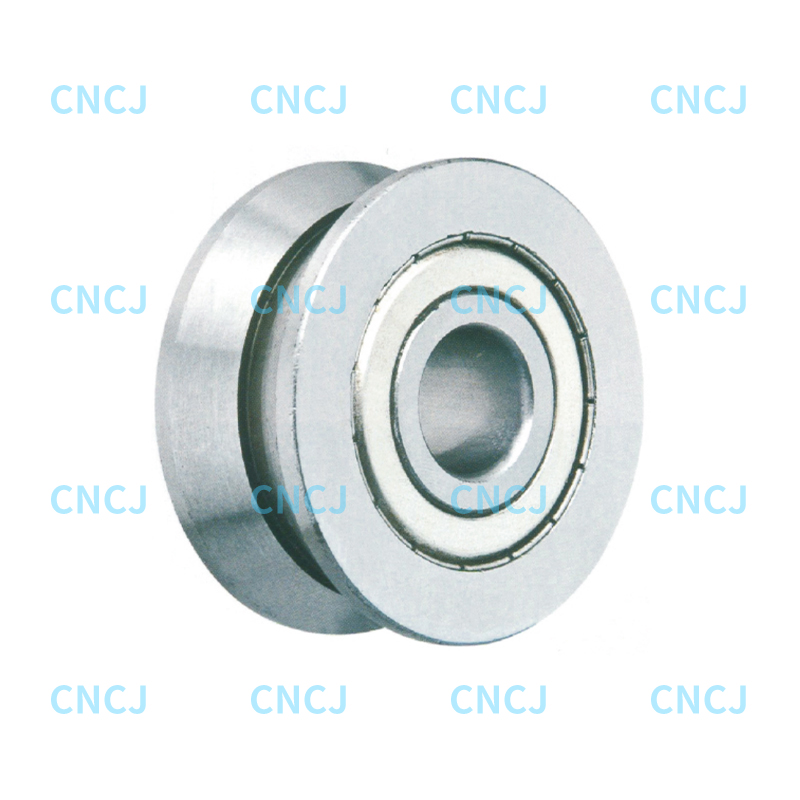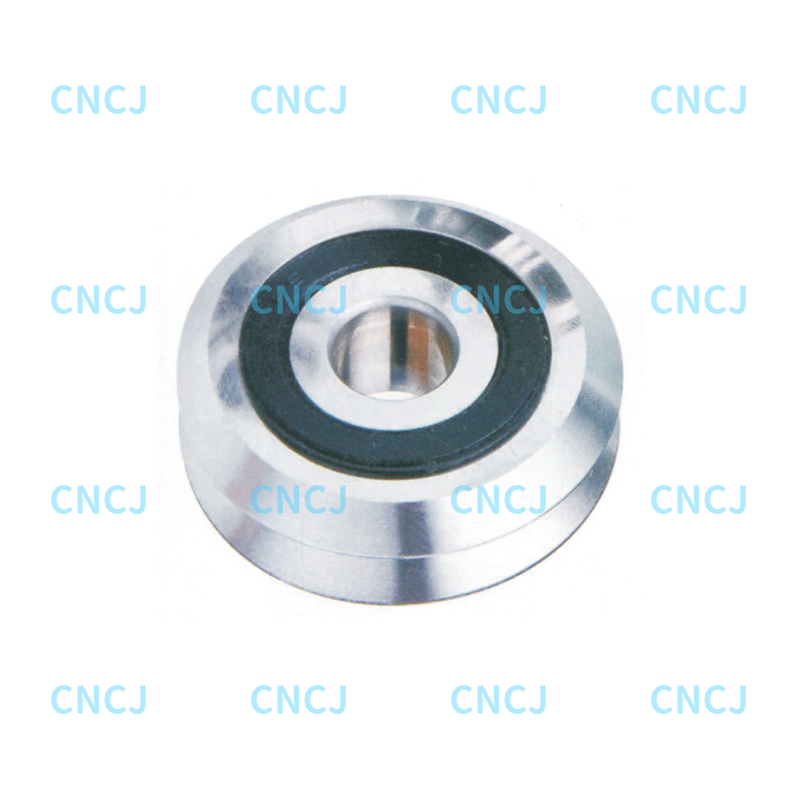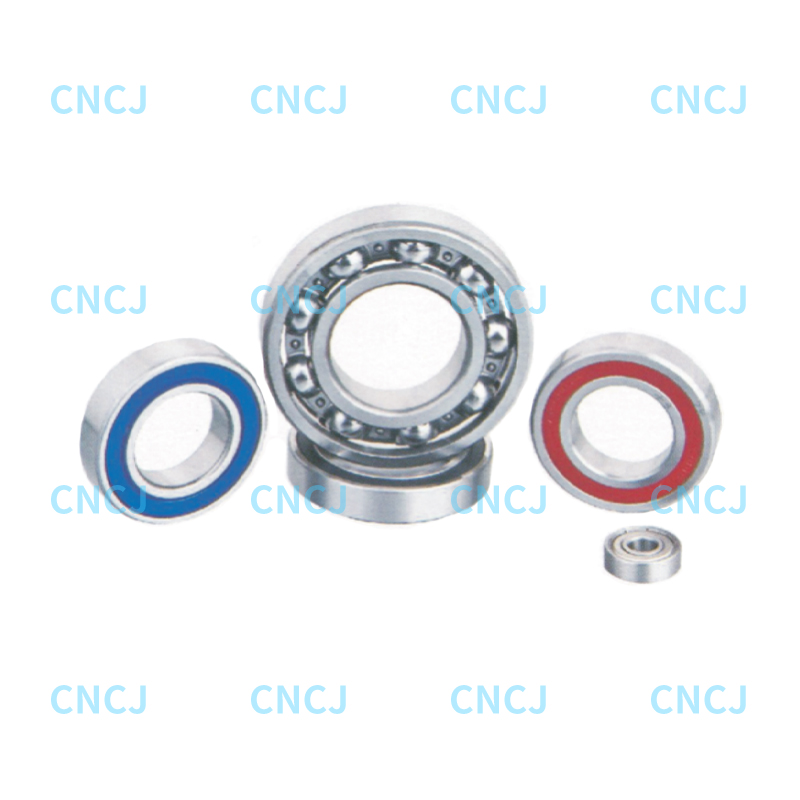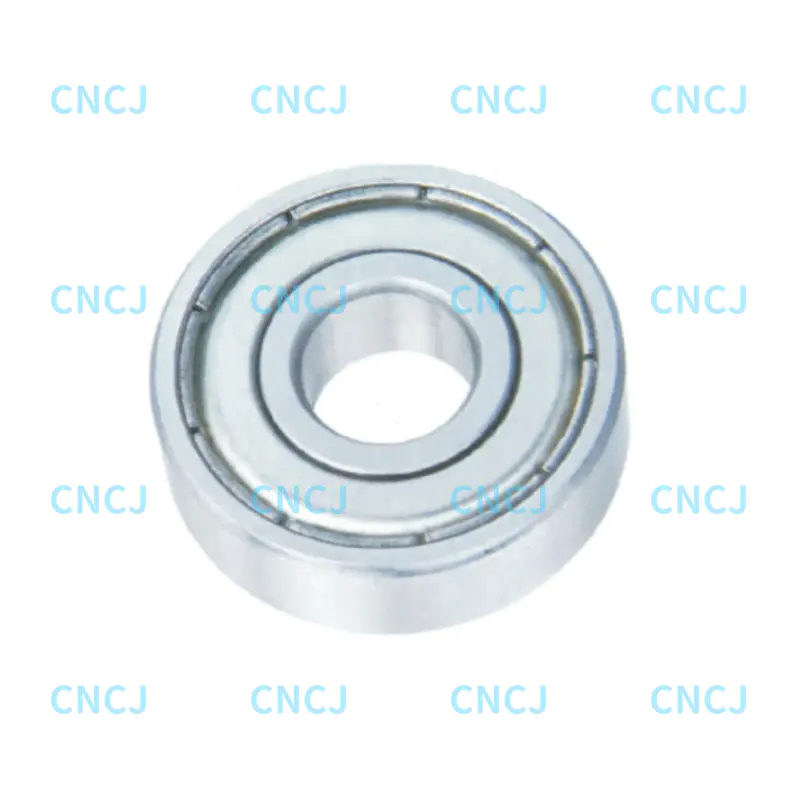Track rollers ball bearings are critical components in heavy machinery, ensuring smooth movement and load distribution in equipment like excavators, bulldozers, and conveyor systems. However, harsh operating conditions and improper maintenance often lead to performance issues. Below are the most common problems faced by these bearings and practical solutions to address them.
1. Excessive Vibration and Noise
Symptoms
Unusual vibration or loud grinding, rumbling, or clicking noises during operation—often worsening under load—indicate internal damage or misalignment.
Root Causes
Contaminant Infiltration: Dust, dirt, or moisture entering the bearing housing wears down rolling elements and raceways, causing uneven movement.
Misalignment: Poor installation or worn mounting surfaces create axial/radial misalignment, forcing the bearing to operate under uneven stress.
Worn Components: Constant friction erodes balls, rollers, or raceways, creating irregularities that trigger vibration.
Fixes
Inspect and Clean: Disassemble the housing, remove contaminants, clean parts with solvent, and replace damaged seals to prevent re-entry.
Realign Mounting Surfaces: Use precision tools (e.g., laser alignment devices) to ensure proper seating and alignment with the machinery’s axis.
Replace Worn Parts: If raceways or rolling elements show pitting, scoring, or deformation, replace the bearing assembly with a quality replacement.
2. Overheating
Symptoms
Elevated temperatures in the bearing housing—detectable by touch or thermal sensors—risk lubricant breakdown, material warping, or seizure.
Root Causes
Inadequate Lubrication: Insufficient or degraded grease/oil reduces friction protection, increasing heat generation.
Overloading: Operating beyond the bearing’s load capacity forces components to rub excessively.
Poor Ventilation: Enclosed housings or debris-blocked ports trap heat, preventing cooling.
Fixes
Optimize Lubrication: Use manufacturer-recommended lubricant (type and quantity) and re-grease at specified intervals, avoiding over-packing.
Reduce Load Stress: Ensure loads stay within the bearing’s rated capacity; avoid sudden impacts.
Improve Cooling: Clear ventilation ports and add heat sinks/fans for high-temperature environments.
3. Seal Failure
Symptoms
Lubricant leaks or visible dirt/moisture inside the bearing indicate seal failure, accelerating wear and corrosion risk.
Root Causes
Abrasion: Contact with sharp debris or rough surfaces damages seal lips, creating gaps.
Chemical Degradation: Exposure to harsh fluids (e.g., hydraulic oil, cleaning agents) breaks down rubber seals.
Aging and Fatigue: Seals lose elasticity over time, especially in extreme temperature cycles, reducing 贴合.
Fixes
Upgrade Seals: Replace with heavy-duty options (e.g., double-lip seals with spring reinforcement) for harsh environments.
Protect from Chemicals: Use compatible materials (e.g., Viton for chemical resistance) and shield bearings from corrosive fluids.
Regular Replacement: Include seal inspection/replacement in preventive maintenance, even without visible damage.
4. Corrosion
Symptoms
Rust, pitting, or discoloration on surfaces—common in humid/outdoor settings—weakens structural integrity and may cause seizure.
Root Causes
Moisture Exposure: Poor sealing or water ingress from washing/rainy conditions.
Salt/Chemical Exposure: Coastal or industrial environments with corrosive substances accelerate rust.
Inactive Periods: Extended storage without protection allows moisture accumulation.
Fixes
Apply Corrosion Inhibitors: Treat surfaces with anti-rust sprays/coatings before storage or use in wet environments.
Use Stainless Steel Components: Upgrade to corrosion-resistant alloys for highly corrosive settings.
Store Properly: Keep unused bearings in dry, climate-controlled areas, sealed in moisture-proof packaging.
5. Premature Wear
Symptoms
Uneven wear on raceways, flattened rolling elements, or excessive clearance signal early degradation, reducing lifespan and increasing costs.
Root Causes
Poor Installation: Hammering or improper tools during fitting damage internal components.
Mismatched Components: Using bearings not designed for the machinery’s speed, load, or temperature requirements.
Inconsistent Maintenance: Irregular lubrication or delayed replacement of worn parts exacerbates wear.
Fixes
Follow Installation Guidelines: Use proper tools (e.g., bearing pullers, press tools) and align components per manufacturer specs.
Select the Right Bearing: Ensure load rating, speed capacity, and temperature range match application demands.
Implement Preventive Maintenance: Schedule regular inspections, lubrication, and checks to catch early wear.
Addressing track rollers ball bearing issues requires proactive maintenance, proper installation, and quality components. By identifying problems early and applying targeted fixes, operators can extend lifespan, reduce downtime, and ensure peak machinery efficiency. Training teams on best practices also prevents recurring issues.

 English
English 中文简体
中文简体 Deutsch
Deutsch Español
Español